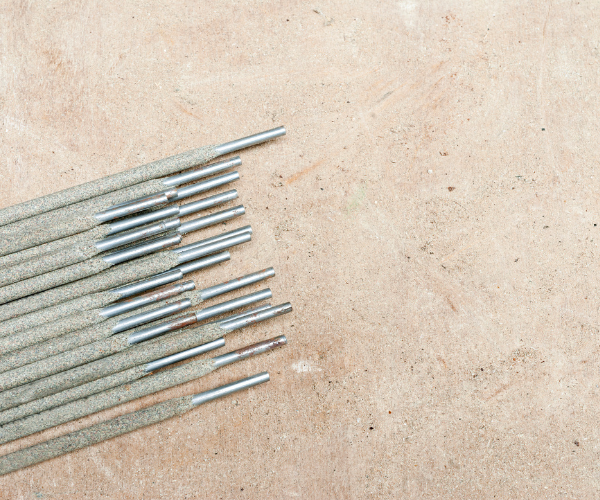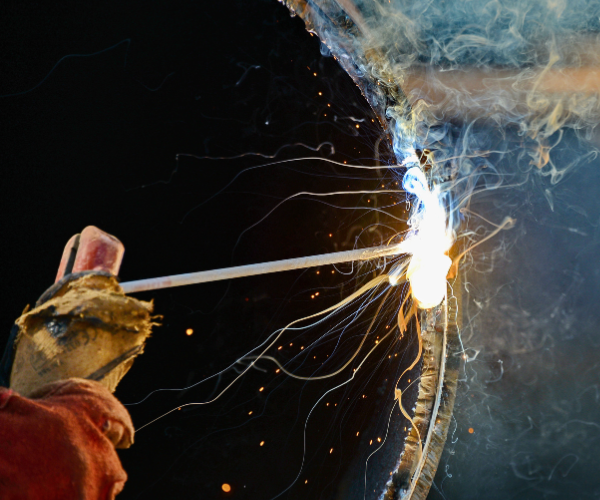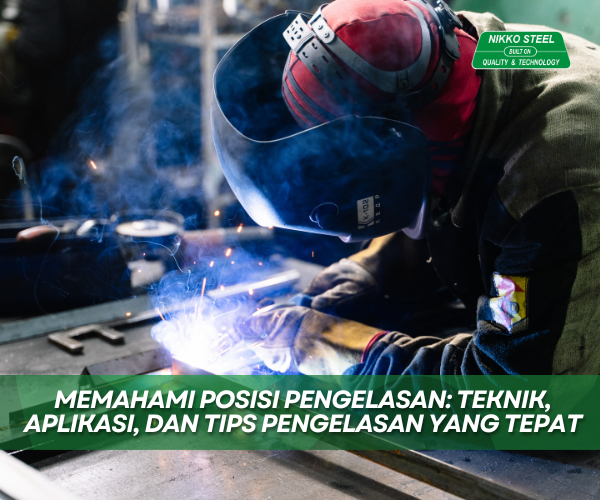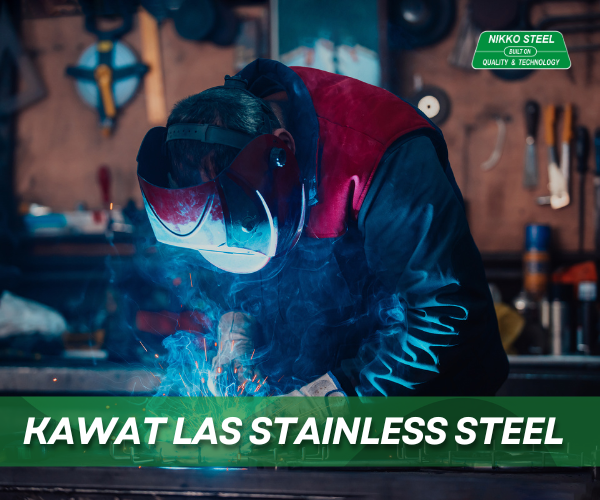Welding Electrode Sizes: A Complete Guide to Choosing the Right Diameter
What is a Welding Electrode?
A welding electrode is a filler material used in the welding process to fuse two metal parts. The electrode melts under high heat from an electric arc, filling the gap between two metal surfaces to join them together.
In general, welding electrodes are long rod-shaped materials—similar to a pencil—with specific diameters depending on the type and application. Besides serving as a bonding agent, welding electrodes also help enhance the strength of the welded structure.
Choosing the right welding electrode size is crucial before starting the welding process. The correct size ensures that the metal joints are:
Stronger and more durable,
Less likely to crack or have defects,
Easier to control during welding, and
Avoiding the risks of overheating or undercutting.
Using the wrong electrode size may result in a weak weld, excessive spatter, or even damage to your welding machine. That's why having a proper understanding of electrode sizes is key to achieving professional and efficient welds.
Main Functions of Welding Electrodes in the Welding Process
Metal Bonding: Melts and fuses with the base metal.
Strength Enhancer: Improves the durability and stability of the weld joint.
Metal Protection: For coated electrodes, the flux layer shields the weld area from oxidation.
Process Efficiency: Using the correct size speeds up work and reduces technical errors during welding.
Welding Electrode Sizes: Market Standards and Variations
Electrode Size Units
Welding electrode sizes are typically measured in:
Millimeters (mm) – more commonly used in Indonesia.
Common Welding Electrode Sizes and Their Applications
💡 Important Note:
Each electrode size has a recommended current range to avoid welding defects and maximize results.
Nikko Steel welding electrodes clearly display this current range information on the inner box packaging, making it easier for users to match the electrode with the machine and application.
How to Choose the Right Welding Electrode Size
Based on Material Thickness
Material <3 mm: Use 1.6–2.6 mm electrodes.
Material 3–6 mm: Use 3.2 mm electrodes.
Material >6 mm: Use 4.0–5.0 mm electrodes.
Based on Welding Position
Welding position (horizontal, vertical, overhead) affects electrode choice:
Vertical & Overhead: Use smaller electrodes for better control.
Flat Position: Larger electrodes can be used for better efficiency.
Consequences of Choosing the Wrong Electrode Size
Poor Weld Quality: Weak or uneven joints.
Overheating or Undercutting: Too hot or not enough penetration.
Material Waste: Oversized electrodes cause excessive spatter.
Machine Damage: If the size doesn’t match the recommended current.
Tips for Using Welding Electrodes Efficiently
Check the current range compatible with the electrode size.
Use standard-length electrodes (350mm or 450mm) for better handling.
Store electrodes in a dry place to prevent rust.
Always clean metal surfaces before welding for the best results.
Differences in Electrode Sizes for MIG, TIG, and SMAW
Safety Factors and National/International Standards
Ensure your welding electrode has:
SNI Certification (Indonesian National Standard)
AWS Certification (American Welding Society – international reference)
A clear production code, rust-free condition, and secure packaging.
Conclusion: Understanding Welding Electrode Sizes for Optimal Results
Knowing the proper welding electrode size and its corresponding current range is crucial to creating strong, efficient, and durable metal joints. Always select your electrode size based on material thickness and welding position, and ensure the current used is within the recommended limits.
With Nikko Steel products, all of this information is clearly printed on the inner box, helping you choose quickly and correctly. Using the right electrode doesn’t just improve weld quality—it also reduces operational costs.



